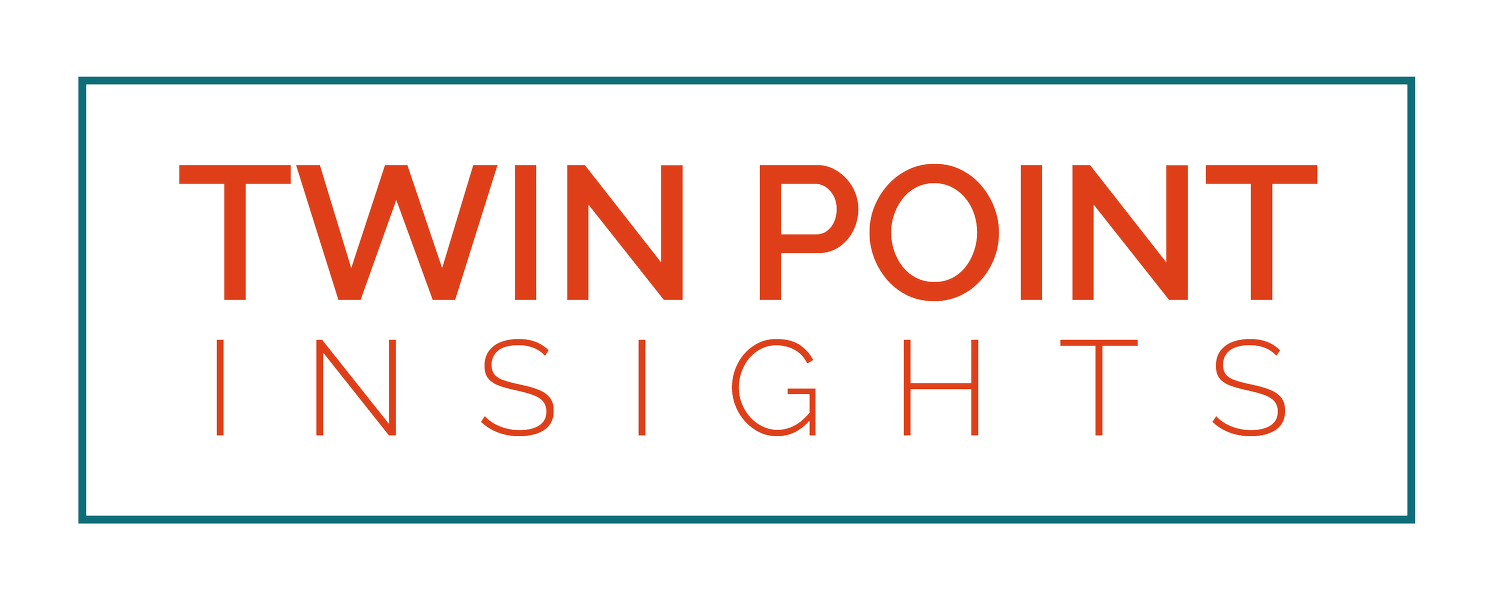Definitions for Survey #2
Below, we’ve provided some definitions that may be useful as you complete Survey #2: Campaign Priorities. We’ve drawn on AHP’s Reporting Standards Manual, AAMC GIA’s Annual Development Survey, and CASE Global Reporting Standards, as well as a review of publicly-available campaign policies. Sources are noted at the bottom of the page.
If you track gifts using one of the following categories, but your definition differs significantly from the one we provided, please let us know in the survey comments in Question 19.
Questions? Running into difficulties? Contact us here.

Sources are denoted with [Number]
Capital [1]: Funds or assets used for the creation, improvement, or expansion of an organization's physical facilities or equipment, including hospital buildings, medical equipment, and technology systems.
Endowment [1]: A fund where the principal amount is kept intact while the investment income is available for use to fund grants, programs, or operations in alignment with the foundation's mission.
Note[2]: Endowments vary in their lifespan – some “term endowments” allow the principal to be spent after a period of time, while others endowments are intended to exist “in perpetuity.” The income generated by endowments may be unrestricted or restricted to a specific use. While true endowments are permanently restricted by donors, an organization (typically its board) may decide to establish a “quasi” endowment. In the case of “quasi” endowments, organizations elect to use only income generated from a fund; later, they may decide to spend the principal as well.
Programmatic [3]: Programmatic gifts are restricted by the donor to initiate or support ongoing programs that serve the mission of the organization, such as educational outreach, or to provide specific services, such as delivery of food to the homeless.
Planned gift [4]: Gift of any value from an individual made as part of an estate or financial plan (e.g., bequests, split-interest gifts, such as charitable remainder trusts, charitable lead trusts, and charitable gift annuities, life insurance or testamentary trusts) in which the organization is designated as a beneficiary.
Note [2]: Multiple industry standard-bearers, including AHP and CASE, state that organizations should report planned gifts only if they have written documentation from the donor. In addition, CASE’s 2024 revised campaign reporting standards state that organizations should only include documented revocable gifts from donors who will reach age 65 by the end of the campaign. However, in our survey, we do not set a limit for which planned gifts can be included in totals – we ask only that organizations specify what approaches they do use.
Planned gifts (new commitments)[2]: New donor commitments made through a planned giving vehicle during a campaign (or made outside of the campaign period, but designated to a campaign)
Planned gifts (realized) [2]: Fully-matured charitable donations that have met all necessary conditions – which may include a donor’s passing – and have now been allocated to their final recipients.
Patient care programs [1]: Specific initiatives or services designed to address the health needs of patients. These programs can range from preventive care, treatment of acute conditions, management of chronic diseases, rehabilitation services, and palliative care.
Research [1]: Activities undertaken to generate new knowledge, improve existing treatments, or discover new medical technologies, including clinical trials, epidemiological studies, and basic science research.
Education [1]: Programs and activities focused on the training and development of healthcare professionals, including doctors, nurses, and allied health staff.
Permanently restricted [5]: Gifts with donor-imposed restrictions stating that a donation’s principal must be maintained permanently, but which may permit an organization to expend part or all of the income derived from an asset
Temporarily restricted [5]: Gifts that are received with donor-imposed restrictions that will be satisfied in the future. The donor’s restriction may be for a particular purpose of program, or for use in a specified time period.
Unrestricted (or Area of Greatest Need) [5]: Gifts that have no donor-imposed restrictions
Sources: [1] AHP Glossary of Terms; [2] Twin Point Insights analysis; [3] Walker, Julia I.. Nonprofit Essentials: Major Gifts. Germany, Wiley, 2012; [4] AHP Reporting Standards Manual; [5] Adapted from Nonprofit New York, “What is the difference between unrestricted, temporarily restricted, and permanently restricted assets?” 2018.
